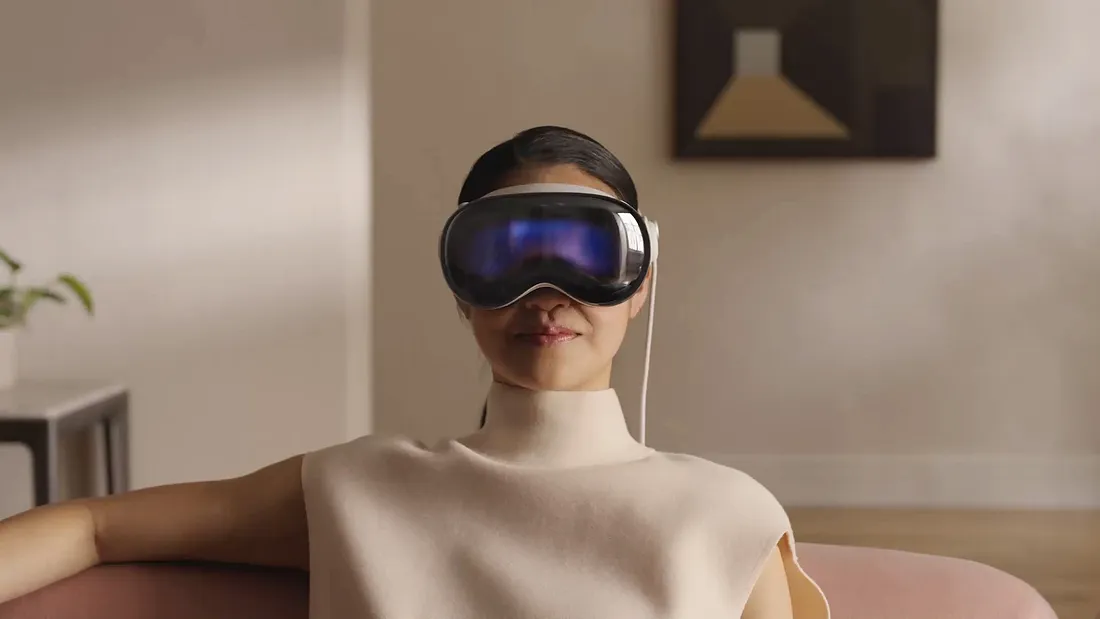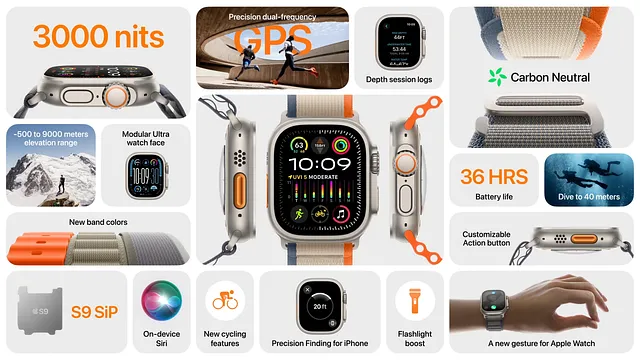Every year, the UX/UI design world witnesses a parade of new trends that not only captivate with their visual appeal but also manage to influence fellow designers, sparking a trend-stealing phenomenon that sets the tone for the creative landscape, as captioned by entreprenuerng.com

UX/UI Design
Within this dynamic ebb and flow, some trends transcend mere aesthetics, embedding intelligence and functionality at their core. These trends go beyond looking good; they contribute to a more efficient and engaging design experience. Let’s delve into two such design trends that have not only stood the test of time but have also left a lasting impact on the digital and spatial design realms.
Bento Boxes: A Digital Feast for the Eyes
Among the enduring design trends is the adoption of Bento boxes in digital design—a concept that originated from Japan’s rich culture of tiffins and lunch boxes. Renowned for their ability to store food in an organized and aesthetically pleasing manner, Bento boxes have seamlessly transitioned from tangible lunch carriers to captivating digital interfaces.
The inception of the Bento design trend can be traced back to platforms like Dribbble and Behance, where millions of designers picked up on the concept of “modular” design. Initially, this modular approach manifested in dashboards for websites, particularly in domains such as sales and finance (e.g., PayPal) and analytics (e.g., Google Ads). The influence of Bento design extended to interfaces like Windows phone and Lumia, with Microsoft later incorporating the concept into the Windows 8 start menu.

UX/UI Design
However, the Bento design trend truly reached new heights when Apple embraced it. Starting with iPhone landing pages, the Bento grid made its way into Apple event slides and presentations. Apple, renowned for starting megatrends, once again propelled a design concept into the limelight. Soon, every designer seemed to be incorporating Bento layouts into their presentations, websites, and product launches.
What sets contemporary Bento designs apart from their predecessors is the evolution of each section of the grid signifying a unique space, rather than being a part of a larger group. This shift has transformed Bento from a visually appealing layout style to a versatile design approach, incorporating product demos, unique layouts, and stylized visual design concepts. For instance, platforms like diagram.com utilize Bento grids to showcase real-life examples of their tools through interactive experiences, providing users with a preview of what to expect.

UX/UI Design
To assist designers in navigating the realm of Bento design, dedicated websites like bentogrids.com have emerged. These platforms curate a vast collection of Bento grids, serving as a wellspring of inspiration for UI and graphic designers. The existence of such resources underscores the significant impact that Bento design has had on the industry, transcending its origins to become a versatile and widely adopted design approach.
Spatial Design Trends and Technological Leaps
Imagine waking up, grabbing your phone to check “important emails,” and being greeted by a feed dominated by Apple’s new Vision Pro. This scenario played out globally on June 5th, 2023, marking a significant moment for tech and design enthusiasts. The introduction of Vision Pro not only sparked discussions but also initiated a trend that would reshape the design landscape—spatial design.
In the weeks following the Vision Pro reveal, spatial design became the focal point of the tech world. Designers across the globe eagerly sought to acquire spatial design skills, recognizing its potential to revolutionize user experiences. The emergence of spatial UX/UI design also catalyzed attention towards augmented reality (AR) and virtual reality (VR) startups, bringing their technologies to the forefront of industry discussions.
The symbiotic relationship between great technology and design potential has been a consistent theme in the evolution of consumer devices. From the rise of smartwatches to the advent of folding phones, designers have consistently demonstrated their adaptability to technological shifts. Spatial design is no exception, as it seamlessly integrates with emerging technologies, offering new possibilities for interaction and user engagement.
Conclusion: UX/UI Design
The worlds of digital and spatial UX/UI design continue to evolve, influenced by trends that not only capture attention but also contribute to enhanced functionality and user experiences. The Bento design trend, born from Japan’s lunch box culture, has transcended physical boundaries to become a prominent and adaptable approach in digital design. Simultaneously, the rise of spatial design, spurred by technological leaps and innovations, promises to redefine how users interact with and perceive digital content. These UX/UI design trends showcase the dynamic nature of design, where creativity intersects with functionality, leaving an indelible mark on the ever-changing landscape of visual communication.











